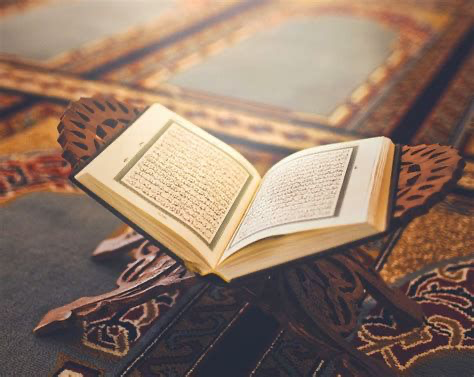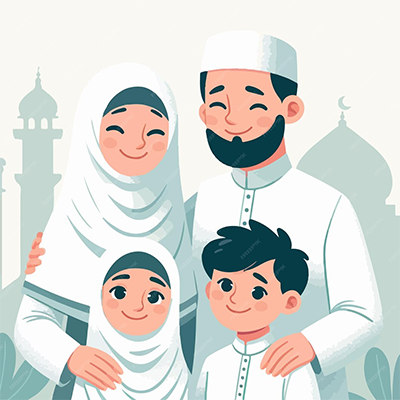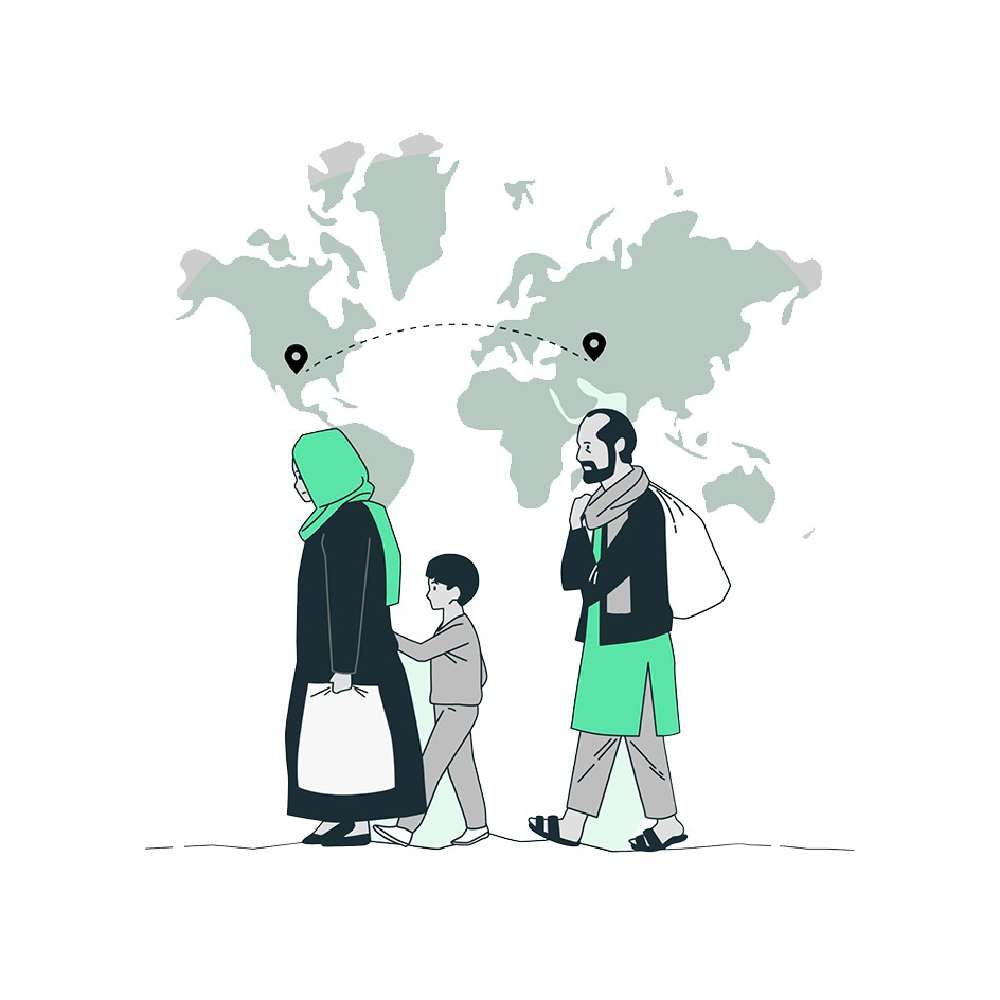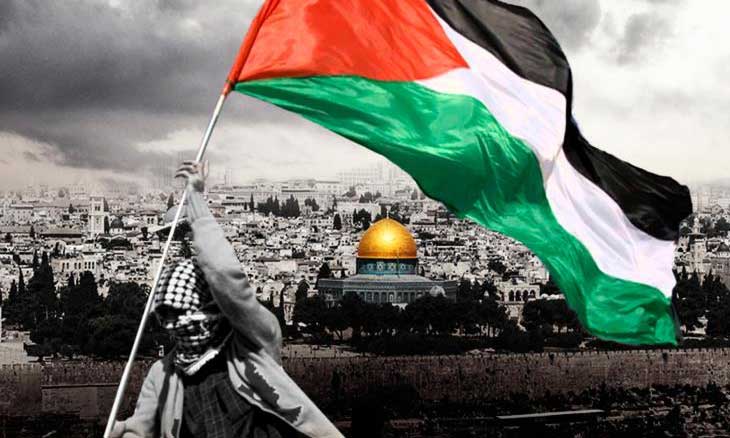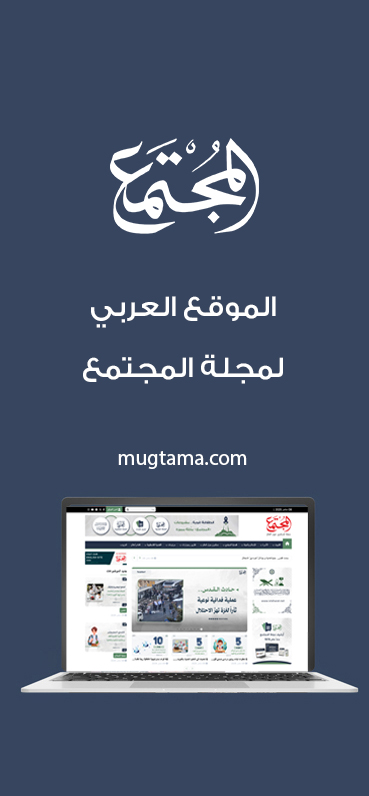Crisis of Religious Identity for Muslim Women in India

Apostasy is one of the most serious phenomena that has faced the Islamic nation since its earliest days. During the era of Caliph Abu Bakr Al-Siddiq, may Allah be pleased with him, Muslims confronted a major apostasy movement and were able to defeat it thanks to firm and righteous leadership. That period showed that apostasy is not just an individual deviation but an existential threat that targets the entire nation.
In the modern era, apostasy takes softer, more subtle forms,
targeting Muslim youth—especially women—through education, culture, media, and
social relationships. India is a prominent example of this phenomenon, where
Muslim women face complex challenges that threaten their religious and social
identity.
Contemporary Challenges for Muslim Women in India
The Hindutva
movement is one of the most dangerous challenges facing Muslims in
India in general, and Muslim women in particular. This ideology does not see
Islam as an integral part of India’s social fabric; rather, it views it as an
obstacle to national unity. From this perspective, Hindutva works to reshape
the identity of Muslims and forcibly assimilate them into the dominant Hindu
culture. In this context, Muslim women become a direct target of these
policies, as they are seen as the weakest link through which the identity of
both the family and the community can be changed.
Read also: Pharaonic Weapon to Crush and Oppress Muslims in India
Cultural and Media Influence
Indian media plays a central role in shaping the image of
Muslim women within society. In many films and TV series, Muslim women are
portrayed as being restricted by religion and tradition, prisoners of the hijab
and family constraints. In contrast, a woman who abandons her Islamic identity
is portrayed as having found a path to freedom and liberation. This stereotype
is not limited to entertainment; it contributes to reproducing negative social
perceptions toward Muslim women themselves and pressures some of them, under
societal pressure, to imitate these media models, even if the price is a
distance from their religion.
Interfaith Marriage as a Condition for Religious Conversion
One of the most prominent forms of modern apostasy in India is
what is known in the media as "love jihad" or "conversion
marriage." In many cases, Muslim women become romantically involved with
Hindu men, but the marriage is conditional on them leaving Islam and converting
to Hinduism. This phenomenon is systematically exploited by extremist
nationalist groups and is portrayed as a cultural victory for Hinduism over Islam.
Indian media has documented several cases of Muslim women who
have abandoned their religion under pressure from love, threats, or family
pressure, revealing that marriage has become a tool of assault on the identity
of the Muslim woman (Times of India, 2020).
Modern Education Detached from Identity
The education system in India is another factor in weakening
the Islamic identity of women. Modern schools and universities rarely provide
any space for Islamic religious education. In fact, many offer purely secular
curricula devoid of any spiritual or moral dimension. This moral vacuum leaves
women vulnerable to being influenced by materialistic and atheistic ideas
promoted by some student movements.
Furthermore, the lack of Islamic educational alternatives
forces Muslim families to send their children to these institutions, which
opens the door to being influenced by anti-religious thought or, at the very
least, a weakening of their faith.
Read also: Mumbai Train Blast Acquittals After 18 Years of Suffering
A study conducted by an independent educational institution in
Lucknow in 2018 showed that more than 60% of Muslim female students in private
schools do not receive any religious subjects related to Islam, and the
majority of them study Hindu texts as part of their literature and history
curricula. This religious knowledge gap has led some students to state that
they do not know the basics of their religion, which opens the door to a
gradual shedding of their identity (Metcalf, 1982).
Cultural and Student Camps
The danger is not limited to what is taught in classrooms but
extends to cultural and student activities at major universities. In many of
these institutions, events are held under the slogan of intellectual liberation
or cultural pluralism, but in reality, they serve as a means to distance Muslim
women from their values.
Some female students have reported being pressured by male and
female colleagues to participate in Hindu
religious rituals in the name of openness. Over time, some of them succumb
to this pressure and participate in polytheistic or religious rituals that
contradict Islamic beliefs, which marks the beginning of a real path toward
intellectual and practical apostasy (Hasan, 2014).
In universities like Jawaharlal
Nehru University in Delhi, Muslim students complained in 2017 about being
pressured by nationalist student unions to participate in Hindu festivals such
as Holi and Diwali. Some students resisted and refused, but others participated
under the pressure of the university environment and the fear of social
isolation (Hasan, 2014). This example illustrates how university activities are
becoming a subtle mechanism for enforcing cultural apostasy.
Weakness of Islamic Institutions
Compounding all of the above is the weakness of Islamic
institutions in India, whether educational, social, or missionary. Today, there
is no strong religious leadership capable of facing these challenges.
This institutional vacuum leaves Muslim women in a vulnerable
position, as they do not find support to protect them from media, social, or
even family pressures. Furthermore, the lack of coordination between Islamic
schools and human rights organizations exacerbates the problem, making the
targeting easier and more dangerous.
In 2022, human rights reports stated that dozens of cases
related to the apostasy of Muslim women in villages did not receive any
follow-up from major Islamic institutions in India. Some families even
complained that support was limited to general statements without on-the-ground
intervention.
Documented Real-Life Examples
- In
2020, media outlets published the story of a Muslim woman from Kerala who
announced her conversion to Hinduism after marrying a Hindu man (Times of
India, 2020).
- In
Uttar Pradesh, similar cases of interfaith marriage leading to religious
conversion were recorded, sparking wide controversy.
- Local
Islamic organizations have spoken about dozens of cases in villages, but
they were not documented by the media due to the sensitivity of the topic
(Indian Express, 2021).
- Also
in Uttar Pradesh, a Muslim woman was beheaded by her Hindu husband after
she refused to change her religion, and her body was thrown in a forest
(Times of India, 2020).
The apostasy of Muslim women in India today is not an isolated
individual decision but a result of long-term cultural, educational, and media
planning that began during the colonial era and intensified with the rise of
Hindu nationalism.
To face these challenges, it is necessary to:
- Rebuild
the system of religious education.
- Enhance
family and social awareness.
- Provide
psychological and intellectual support to Muslim women.
________________
1-
Mujeeb, M، (1967)
، The Indian Muslims، London:
Allen & Unwin.
2-
Metcalf, B، D، (1982)
، Islamic Revival in
British India، Princeton University Press.
3-
Hasan, M، (2005)
، Legacy of a Divided
Nation: India’s Muslims Since Independence، Oxford University Press.
4-
Jaffrelot, C، (2007)
، Hindu Nationalism: A
Reader، Princeton University Press.
5-
Ahmad, I، (2019)
، Media and Minorities in
India، Routledge.
6-
Times of India (2020)
، Kerala Muslim girl
converts to Hinduism after marriage.
7-
Indian Express (2021)
، Religious conversion
cases in UP villages.
8-
Hindustan Times (2021) Father kills daughter over interfaith
relationship.
9-
India Today (2022) ، Hyderabad honour killing: Muslim girl’s
Hindu husband murdered.
----------------




